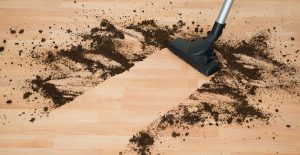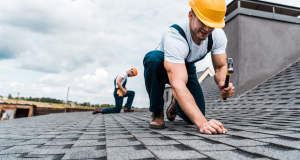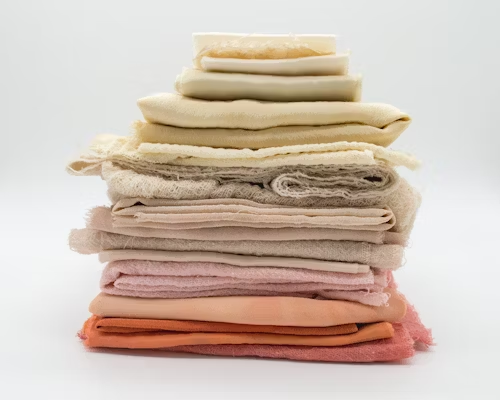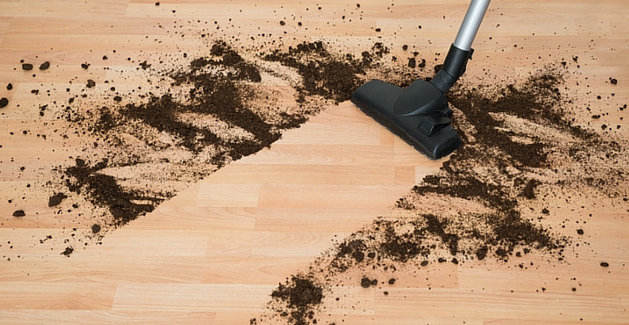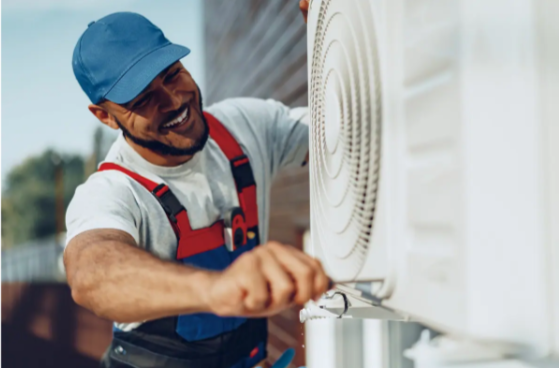Your roof is your home’s first line of defense. With time, it can develop issues such as leaks, damaged shingles, or compromised structures. This is where independent roof inspection services come in. The independent inspection reviews your roof’s history and thoroughly inspects the external and internal sections. The inspector may employ special equipment for concealed issues, including infrared cameras. Following the independent roof inspection services, they present a clear report in pictures and recommendations. That way, you get honest, professional advice on repairs and maintenance.
Key Points of the Independent Roof Inspection Process
The independent roof inspection typically consists of several clearly defined points:
- Initial Preparation and Background Review
Background information will be checked before an inspector visits your home. This can be the age of your roof, the amount of patching you have done, and the little problems you have noticed, e.g., leaks, tinted ceilings, and broken shingles. The inspector may ask you whether a recent storm left the house with hail or wind damage, and/or whether you are selling or buying the house. Such a background will offer the background to the inspectors, who can focus on the areas with wear and unseen problems.
- Thorough On-Site Visual Inspection
Once on site, the inspector examines the exterior and interior of your roof. Contractors typically follow a detailed checklist to ensure nothing important gets missed during an inspection.
- From the ground, they see the roof covering, gutters, downspouts, and any visual damage or sagging.
- They closely inspect the roof shingles, tiles, or metal panels. They also check the flashing, vents, chimney, skylights, gutters, and common structures for damage or wear.
- They can enter your attic or observe your roof for water stains, molds, or rot, issues that do not appear from the outside.
- Advanced Detection Techniques
For problems the naked eye cannot detect, inspectors typically rely on technology to detect concealed issues. Drone monitoring and infrared are common in commercial inspections to detect moisture stuck behind surfaces and in inaccessible areas. Still, although cameras and infrared units are useful, hands-on inspection is paramount. Experienced roof inspectors can sense small problems that technology might miss since they utilize trained observation backed by technology.
- Thorough Reporting and Documentation
After inspection, you’ll receive a detailed report that clarifies everything. It should include:
- A clear summary of what was found.
- Photographs of problem areas.
- Prioritized repairs—what needs fixing now versus later.
- Cost estimates for recommended work.
- Lifespan estimates for key roof components.
- Roof “maps” or damage diagrams sometimes show where each issue lies.
Some inspectors offer multi-point inspection formats to ensure comprehensive coverage and clear guidance.
- Maintenance and Repair Recommendations
Here’s where practicality kicks in. The report often includes actionable guidance:
- Which repairs are urgent and why?
- Which ones can wait, and how long?
- Maintenance tasks you should adopt—such as clearing gutters twice a year or trimming overhanging branches
- What signs should you monitor going forward?
If the inspector spots curling shingles on one side. They might suggest replacing those now and monitoring a similar pattern elsewhere. That way, you’re staying proactive, not reactive.
- Unbiased and Trustworthy Insights
One advantage of independent inspections is that they have no biases. Since these individuals do not install or sell roofs, they have no agendas fueled by money. You can trust their opinion is just about the roof’s condition, not about selling services.
That means you get honest guidance on whether your roof needs replacement or minor repairs. If you’re buying or selling property, this neutrality helps you negotiate fairly and gives confidence in your decisions.
- Estimating Cost and Time Expectations
How long is a roof inspection, and what are the costs?
- A typical house inspection often takes 45 minutes to two hours, depending on complexity, roof pitch, and attic access. Bigger homes or roofs with tricky shapes can push it to three or four hours.
- Most basic inspections cost between $120 and $400. If you add drone imaging or infrared scans, costs may climb—sometimes doubling or more. Many homeowners pay between $125 and $362 for a full inspection. Fees may go higher for specialized inspections or very large roofs.
It’s a good idea to receive quotes from three independent inspectors and compare prices and services.
- Safety and Professional Credentials
One thing you should demand: credentials and safety. A good inspector has training, licenses or certifications, and insurance. More than that, they will walk on parts of your roof (when safe), not just peer from a ladder or use binoculars. That approach limits what they can reliably see and leaves doubt.
Ask also about their standards—do they follow a recognized inspection protocol? Ask for sample reports. If someone suggests skipping attic checks or avoiding certain sections, raise a red flag.
Also, the best inspectors won’t cut corners on safety harnesses, ladder protocols, fall protection, etc. If they balk at that, they’re not worth hiring.
Conclusion
Thorough and independent roof inspection services provide accurate and comprehensive details on your roof’s status. This includes a review of history, observation of outside and inner sections, and, in most cases, modern equipment such as drones or infrared cameras. The inspector presents a clear report and practical repair and maintenance recommendations, ensuring safety and professionalism. This helps you decide whether to buy, sell, or maintain a home with confidence.


